The future of your business hinges on accurate predictions – and that’s where effective sales forecasting comes in. It’s no longer enough to simply guess what will sell. Businesses need to understand when and how to anticipate demand, allowing them to optimize inventory, staffing, marketing spend, and overall operational efficiency. Sales forecasting is a critical process, and adopting the right strategies today can significantly impact your bottom line. This article will explore key techniques, tools, and best practices for crafting robust sales forecasts that drive success. Let’s dive in.
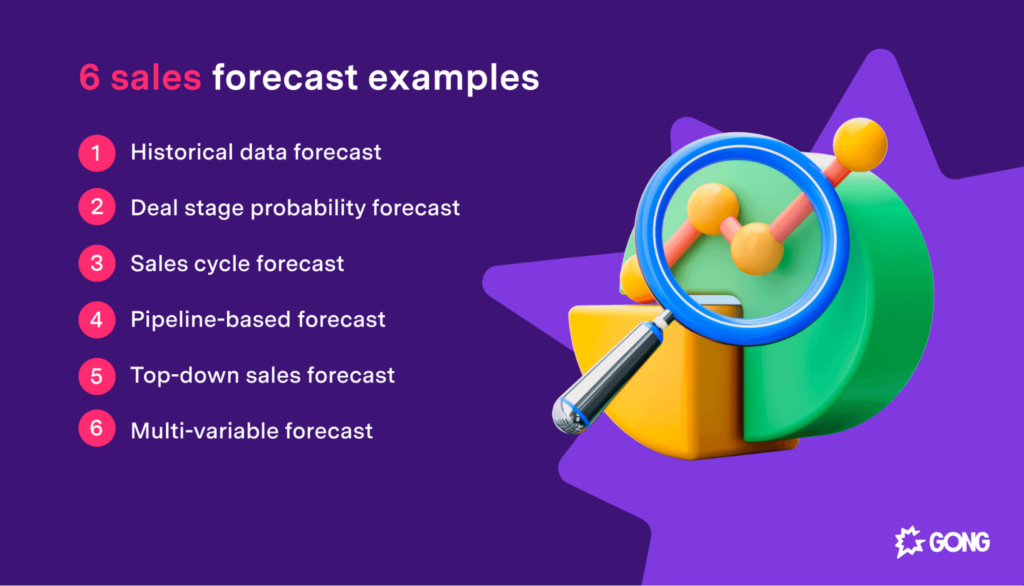
Understanding the Importance of Sales Forecasting
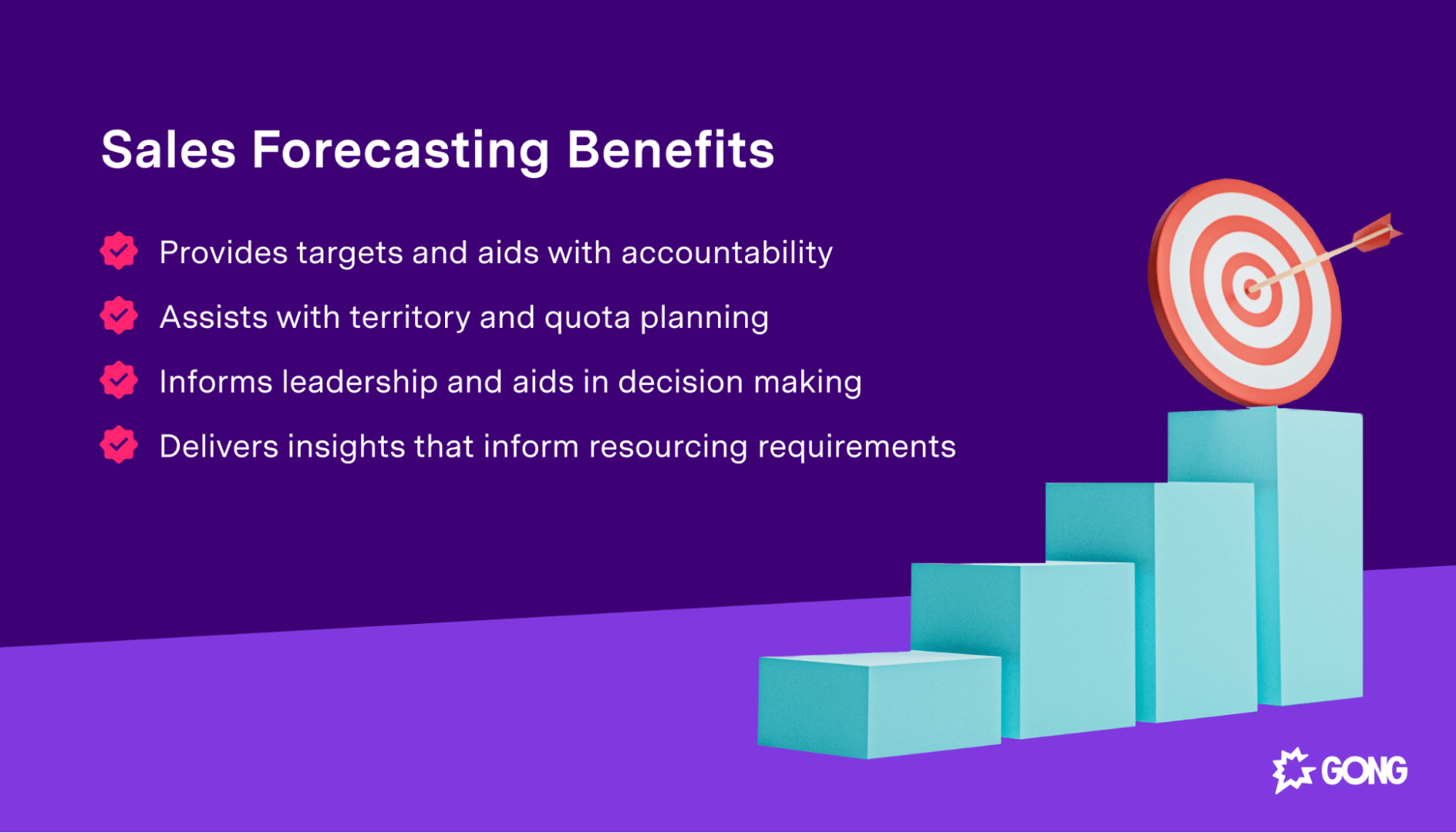
Before we delve into specific methods, it’s vital to understand why sales forecasting is so important. Poor forecasts lead to stockouts, lost sales, and frustrated customers. Conversely, accurate forecasts enable businesses to:

- Optimize Inventory: Knowing what to stock ensures you don’t overstock or run out of popular items.
- Improve Staffing Levels: Accurate demand predictions allow you to schedule employees effectively, minimizing labor costs and maximizing productivity.
- Strategic Marketing Spend: Forecasts help determine the optimal marketing budget, ensuring resources are allocated where they’ll have the greatest impact.
- Product Development: Insights from sales data can inform product development decisions, leading to the creation of products that customers actually want.
- Resource Allocation: Sales forecasts help prioritize projects and allocate resources effectively across different departments.
Ultimately, effective sales forecasting isn’t just about numbers; it’s about understanding the dynamics of your market and anticipating customer behavior. It’s a proactive approach that sets your business up for sustained growth and profitability.

Historical Sales Data Analysis – The Foundation of Forecasting
A cornerstone of many sales forecasting methods is analyzing historical sales data. Examining past performance – trends, seasonality, and patterns – provides a crucial baseline. Here’s how to leverage this data:
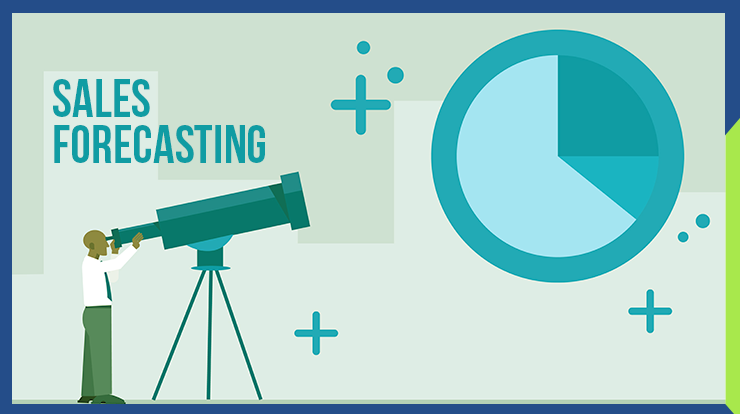
- Trend Analysis: Identify upward or downward trends in sales over time. Are sales consistently increasing, decreasing, or fluctuating?
- Seasonality Analysis: Recognize seasonal peaks and valleys in demand. Retail sales typically surge during holidays, while certain industries experience seasonal fluctuations.
- Regression Analysis: More advanced techniques can be used to identify correlations between sales and other factors, such as marketing campaigns, economic indicators, or competitor activity.
- Moving Averages: Calculate moving averages to smooth out short-term fluctuations and identify underlying trends. This is particularly useful for volatile markets.
Understanding your historical data is like having a roadmap – it allows you to anticipate future demand and adjust your strategies accordingly. Don’t just look at the last few years; consider the entire historical range.

Forecasting Methods – Choosing the Right Approach
Several forecasting methods can be employed, each with its own strengths and weaknesses. The best approach will depend on the nature of your business, the availability of data, and the level of accuracy required.
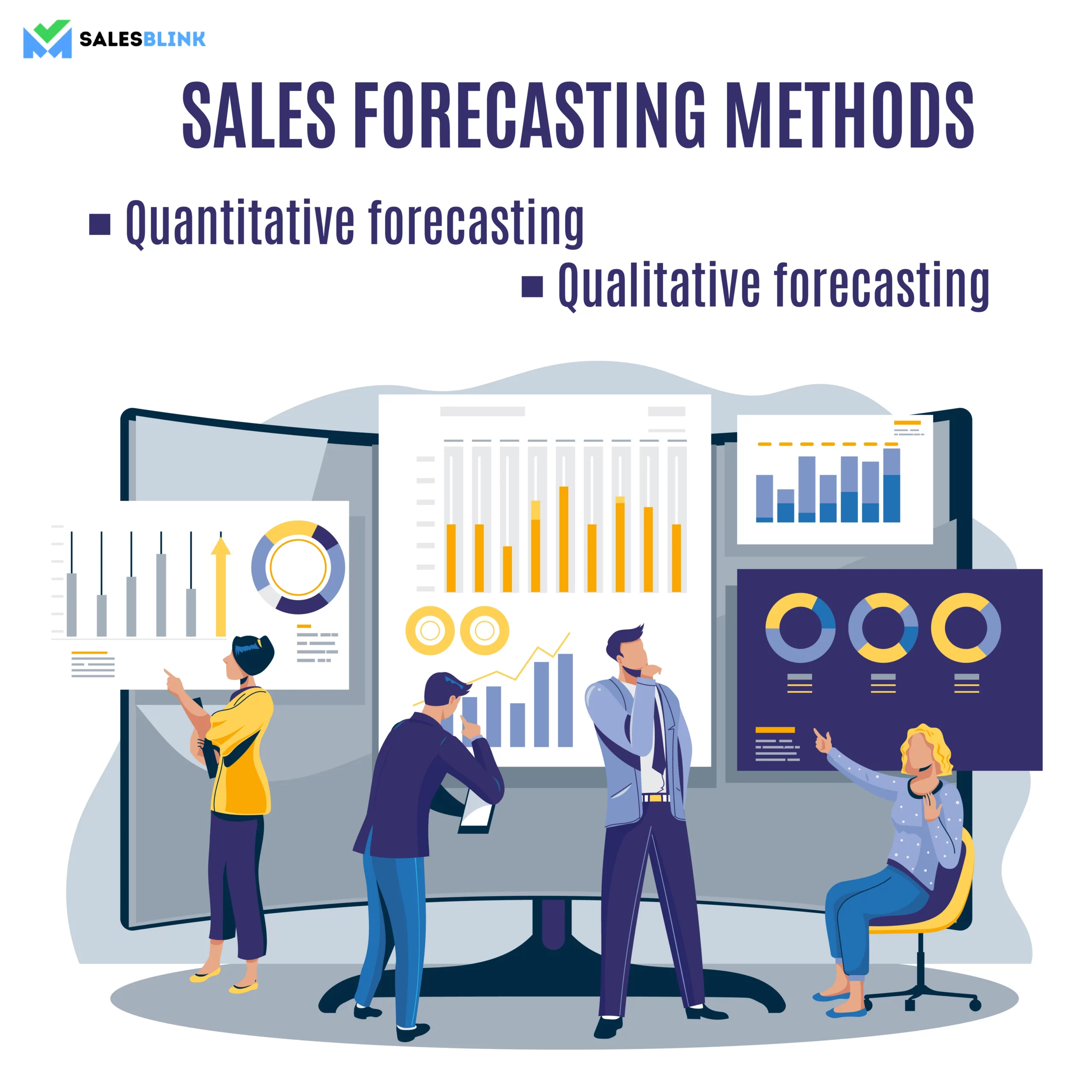
1. Qualitative Forecasting
Qualitative forecasting relies on expert opinions and subjective judgment. This is often used when historical data is limited or unreliable.
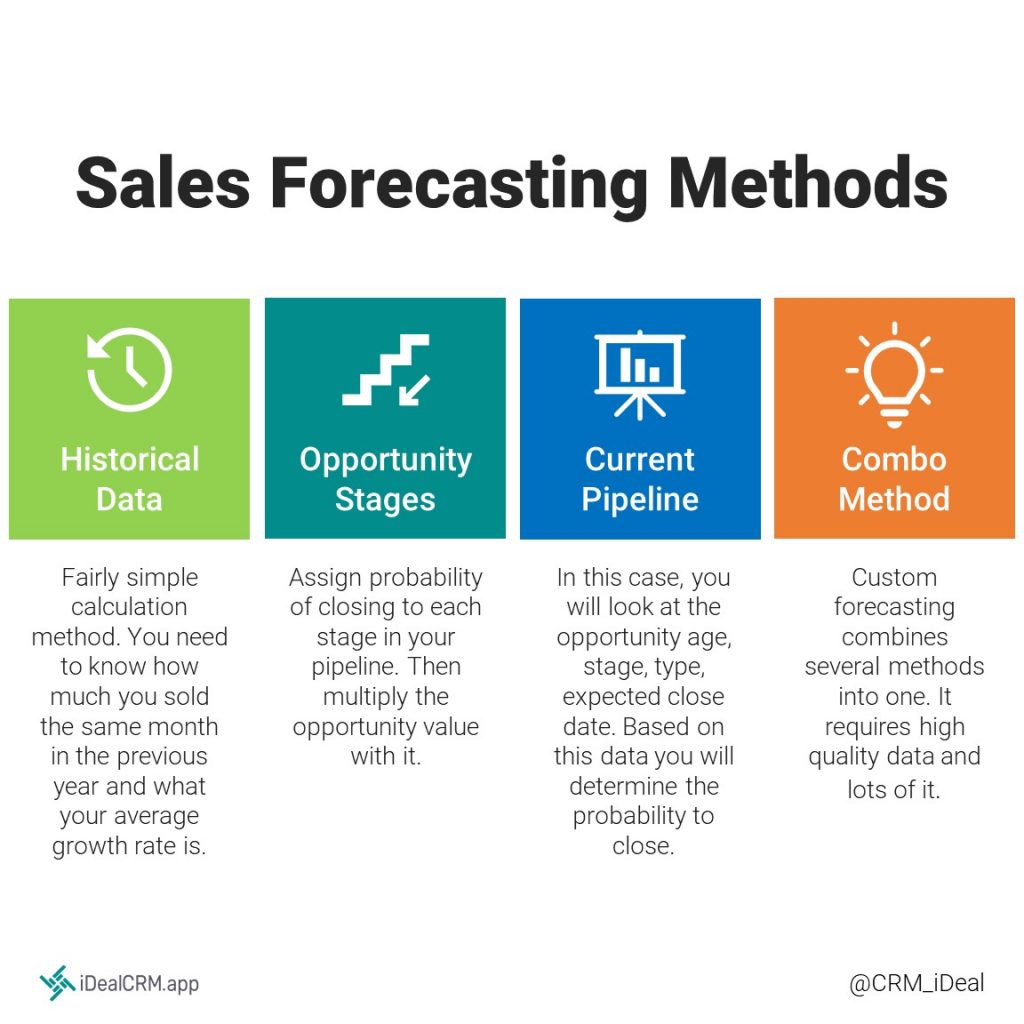
- Sales Force Input: Gather insights from your sales team – their experience, knowledge of customer needs, and insights into upcoming promotions.
- Market Research: Conduct surveys, focus groups, and interviews to understand customer preferences and market trends.
- Industry Expert Opinions: Consult with industry analysts and thought leaders to gain a broader perspective on market dynamics.
While qualitative forecasting can be valuable, it’s often less precise than quantitative methods.

2. Quantitative Forecasting – Using Numbers
Quantitative forecasting uses statistical models and algorithms to predict future sales. These models require more data and technical expertise but generally offer greater accuracy.
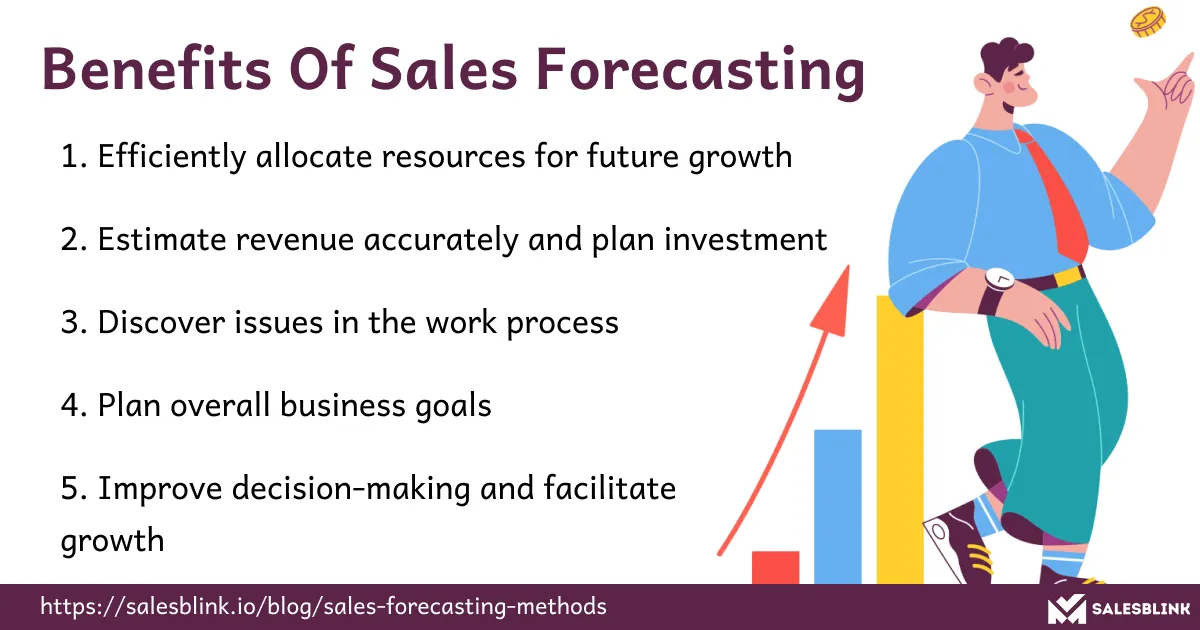
- Time Series Analysis: This method analyzes historical sales data to identify patterns and trends. Moving averages, exponential smoothing, and ARIMA (Autoregressive Integrated Moving Average) are common techniques.
- Regression Analysis: As mentioned earlier, regression can be used to model the relationship between sales and other variables.
- Causal Forecasting: This method attempts to identify the factors that directly influence sales – such as pricing, promotions, and marketing campaigns.
3. Three-Point Forecasting – A Practical Approach
This method combines qualitative and quantitative techniques to provide a more robust forecast. It typically uses three data points:
- Trend: The historical average sales trend.
- Seasonality: The expected seasonal fluctuations.
- Cyclical: The expected business cycles (periods of rapid growth or decline).
This approach offers a good balance between accuracy and simplicity.
Leveraging Technology for Sales Forecasting
Fortunately, technology is increasingly playing a crucial role in sales forecasting. Several tools and software solutions can significantly enhance the accuracy and efficiency of your forecasting process:
- Spreadsheet Software (Excel, Google Sheets): Basic forecasting can be done effectively using spreadsheet software. However, it’s often limited in its capabilities for complex models.
- Statistical Forecasting Software (e.g., SAS, SPSS, R): These tools offer advanced statistical modeling capabilities, allowing for more sophisticated forecasting techniques.
- Sales Force Automation (SFA) Software (e.g., Salesforce, HubSpot): SFA platforms integrate sales data with forecasting models, providing a seamless flow of information.
- Business Intelligence (BI) Tools (e.g., Tableau, Power BI): BI tools can visualize sales data and trends, making it easier to identify patterns and insights.
The Role of Data Quality – A Critical Component
No matter which forecasting method you choose, the quality of your data is paramount. Garbage in, garbage out – that’s the adage. Ensure your data is:
- Accurate: Verify data entry and identify any errors.
- Complete: Fill in any missing data points.
- Consistent: Maintain consistent data formats and definitions.
- Timely: Use the most recent data available.
Poor data quality will lead to inaccurate forecasts and flawed decision-making. Invest time and resources in ensuring your data is reliable.
Beyond the Numbers – Considering External Factors
While historical data and statistical models are essential, it’s important to consider external factors that can influence sales. These include:
- Economic Conditions: Economic growth, recession, and inflation can all impact consumer spending.
- Competitive Landscape: Changes in competitor pricing, product offerings, and marketing strategies can affect demand.
- Marketing Campaigns: The effectiveness of marketing campaigns can significantly impact sales.
- Social Trends: Shifting consumer preferences and cultural trends can influence demand.
- Regulatory Changes: New laws and regulations can impact your industry.
Proactive monitoring of these external factors allows you to adjust your forecasts and remain competitive.
Communicating Sales Forecasts Effectively
Clearly communicating your sales forecasts to stakeholders is crucial for gaining buy-in and ensuring alignment. Present your forecasts in a concise and understandable manner, highlighting key assumptions and potential risks. Don’t just present numbers; explain why you’ve made the forecasts and what the implications are. Regularly update your forecasts as new information becomes available.
Conclusion – Embracing a Proactive Approach
Effective sales forecasting is an ongoing process, not a one-time event. It requires a combination of data analysis, forecasting techniques, and a commitment to continuous improvement. By embracing a proactive approach, businesses can anticipate demand, optimize operations, and ultimately drive sustainable growth. Sales forecasting is a strategic imperative, and investing in the right tools and processes is essential for success in today’s dynamic marketplace. Remember to consistently refine your approach based on performance and evolving market conditions. Focus on building a system that adapts to change and provides valuable insights for informed decision-making. Don’t just forecast; anticipate.